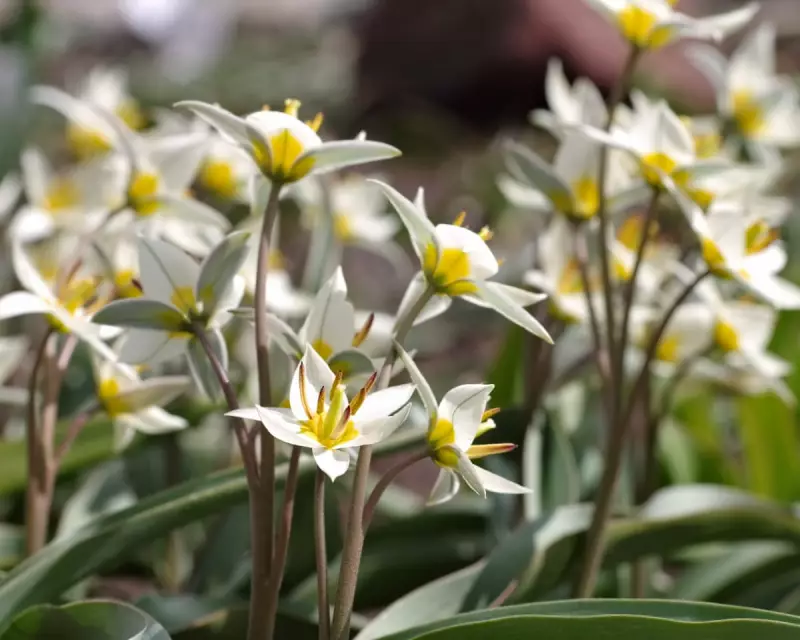
Imagine your garden transformed into a vibrant tapestry of colour this spring, with delicate wild tulips dancing in the breeze. Unlike their more formal cultivated cousins, these botanical gems offer a natural, meadow-like beauty that returns year after year.
Why Wild Tulips Are Garden Game-Changers
Wild tulips, also known as species tulips, bring an effortless charm to British gardens that's hard to replicate with standard varieties. Their slender stems and smaller, often multi-flowered blooms create that coveted 'naturalised' look that's currently dominating garden design trends.
"They have this wonderful ability to look like they've always been there," explains horticultural expert Jane Smith. "While hybrid tulips often need replacing annually, wild tulips will happily multiply and return, making them both economical and environmentally friendly."
Top Varieties for UK Gardens
Several wild tulip species thrive particularly well in British conditions:
- Tulipa sylvestris: Known as the wood tulip, this variety features cheerful yellow flowers that naturalise beautifully in grass
- Tulipa turkestanica: Produces multiple creamy-white flowers per stem, perfect for naturalising
- Tulipa linifolia: Bright red blooms that create stunning contrasts in meadow settings
- Tulipa humilis: Low-growing with magenta-pink flowers, ideal for rockeries or front borders
Planting for Success: Your Autumn Guide
October through November is the perfect planting window for wild tulips in the UK. Follow these expert steps for spectacular spring results:
- Choose the right location: Most wild tulips prefer well-drained soil and plenty of sunlight
- Plant at depth: Place bulbs approximately 10-15cm deep, following the 'three times the bulb's height' rule
- Create natural clusters: Instead of neat rows, scatter bulbs and plant where they fall for authentic meadow appeal
- Consider companions: Pair with native grasses, forget-me-nots, or dwarf narcissi for extended interest
Long-Term Care for Lasting Beauty
The secret to perennial success with wild tulips lies in post-bloom care. Allow foliage to die back naturally, as this process feeds the bulb for next year's display. If naturalising in lawn areas, delay mowing until six weeks after flowering has finished.
"Many gardeners make the mistake of cutting back too soon," warns Smith. "That green foliage is essentially the bulb's kitchen – let it cook for as long as possible."
With minimal effort and maximum impact, wild tulips offer British gardeners an opportunity to create breathtaking spring displays that improve with each passing year. This autumn, why not plant the seeds – or rather, bulbs – of a truly spectacular garden transformation?





